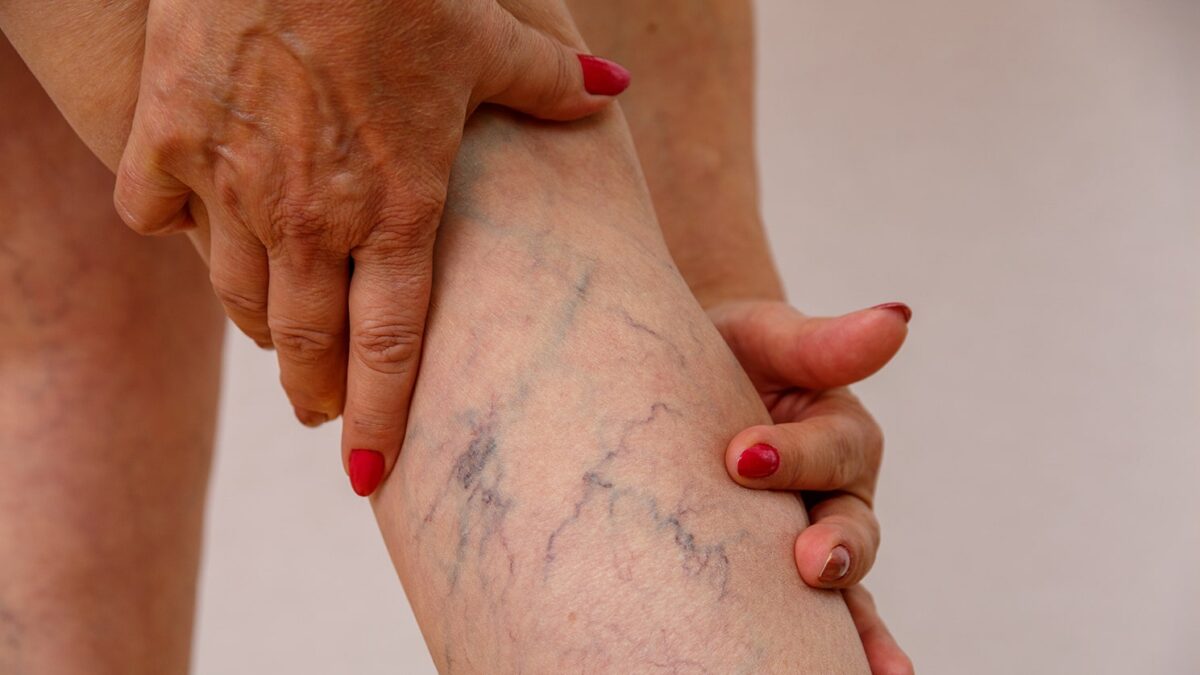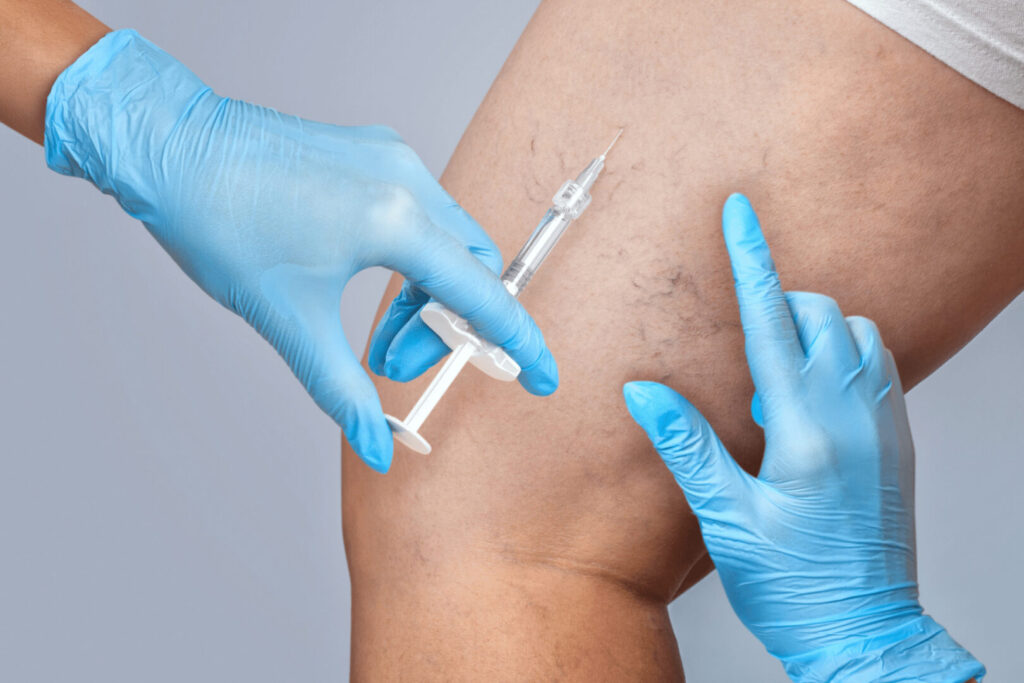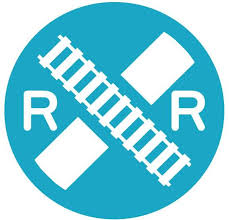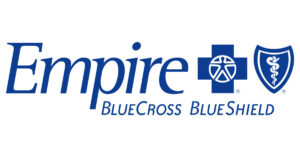can-cold-weather-affect-varicose-veins

Say Goodbye To Painful Varicose Veins & Spider Veins.
Treating Varicose Veins During Cold Weather?
For cold weather, it’s usually time for cozy sweaters, but it can also bring unwanted discomfort for those with varicose veins. While they may seem cosmetic, varicose veins can cause pain, swelling, and even blood clots if left untreated. But can cold weather affect varicose veins? Contact PRINE Health, a vascular doctor on Long Island today!

What Are Varicose Veins?
Varicose veins are enlarged, twisted, and often painful veins that usually occur in the legs. They develop when your veins become weak or damaged, causing blood to pool in the veins and leading to their enlargement. Varicose veins usually cause discomfort, swelling, and aching, increasing the risk of blood clots and skin ulcers. A vascular doctor on Long Island can diagnose and treat varicose veins using a range of minimally invasive procedures, such as sclerotherapy and endovenous laser treatment.
Treating Varicose Veins During Cold Weather?
Treating varicose veins during cold weather is challenging, as the cold temperature can cause blood vessels to constrict, leading to decreased blood flow and exacerbating the symptoms of varicose veins.
However, There Are A Few Things You Can Do To Manage Your Varicose Veins During The Winter Months:
- Stay Active: Regular exercise can help to improve blood flow and reduce the symptoms of varicose veins. Even if it's too cold to go outside, try indoor activities like yoga, dancing, or using an exercise bike.
- Keep Your Feet Warm: Wearing warm socks and shoes can help improve your foot and leg circulation. Avoid tight-fitting shoes or socks, as they can restrict blood flow.
- Elevate Your Legs: Try to elevate your legs above your heart whenever possible. This can help to reduce swelling and improve blood flow.
- Stay Hydrated: Drinking plenty of water can help keep your blood vessels hydrated, reducing the risk of blood clots and improving blood flow.
- Consider Compression Stockings: Compression stockings can help to improve blood flow in the legs and reduce the symptoms of varicose veins. Talk to your doctor about whether compression stockings are right for you.
If your varicose veins are causing significant discomfort or are interfering with your daily activities, talk to your doctor about treatment options such as minimally invasive procedures or surgery.
Prine Health | Vascular Doctor On Long Island
At PRINE Health, we understand that many individuals suffer from varicose veins and want to ensure the impact of cold weather doesn’t hurt your condition. If you have concerns about you or someone’s varicose veins, please don’t hesitate to contact us to schedule an appointment today.
Injection Treatments
Varithena
Varithena is an FDA approved treatment for varicose veins, leg swelling, spider veins and more! Varithena is injected into your veins using an ultrasound for guidance to accurately determine the precise area of need. This treatment is a foam infusion that causes the varicose vein to safely close. Your blood will redirect through your surrounding healthy veins, allowing increased circulation and symptoms to improve.
Sclerotherapy
Sclerotherapy is an injection treatment used on varicose and spider veins. This foaming solution sticks to vein walls after the injection, causing the affected areas to rapidly close, removing any unsightly or bulbous veins. After treatment, circulation improves, and the visible appearance of the veins disappears.
How PRINE Vascular Can Help
Both spider and varicose veins arise from an underlying condition called venous insufficiency. Veins are responsible for transporting blood from your tissues back to your lungs in order to restore oxygen–the blood travels in one direction, which is ensured by valves that prevent blood from going backward. In venous insufficiency, these valves stop functioning properly and allow blood to pool in the venous structures. In the smaller, more superficial vasculature, this results in spider veins. Larger, bulging veins are called varicose veins.
Spider veins can be treated with the process of sclerotherapy, where a chemical agent is injected into the vein and effectively closes it off, or phlebectomy, in which case the veins are physically removed from below the skin. For varicose veins, chemical and radiofrequency (heat) ablations exist, which function as another way to shut down the vein. Although the vein is closed off, blood is still able to travel through other smaller structures so that blood flow is uninterrupted.
Spider veins can be treated with the process of sclerotherapy, where a chemical agent is injected into the vein and effectively closes it off, or phlebectomy, in which case the veins are physically removed from below the skin. For varicose veins, chemical and radiofrequency (heat) ablations exist, which function as another way to shut down the vein. Although the vein is closed off, blood is still able to travel through other smaller structures so that blood flow is uninterrupted.

Meet The Providers

Amit Shah, MD
Vascular Surgeon

Marina Travalja, PA
Vascular Surgeon
Participating Insurances


















